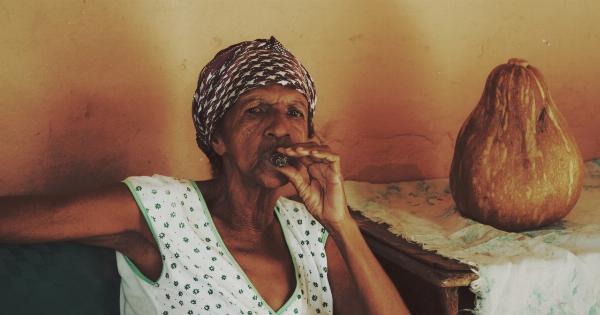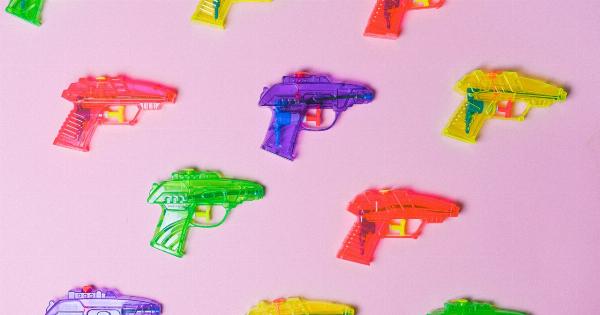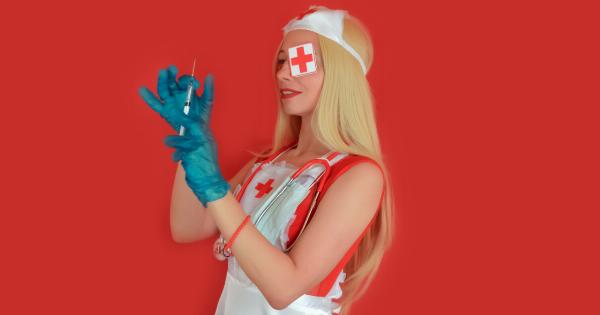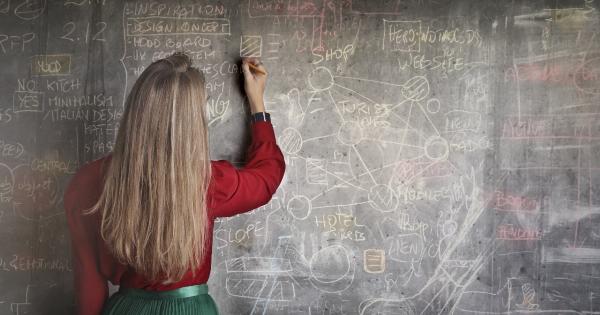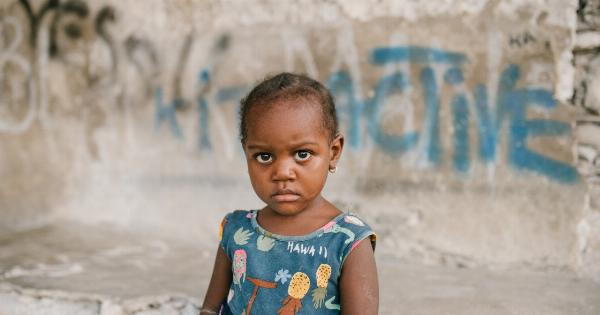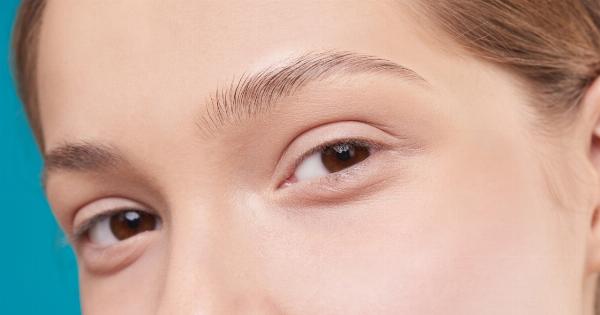Acne is a common skin condition that affects millions of people around the world, and while it may seem like a fleeting problem that will eventually go away, the truth is that acne scars can last a lifetime.
Understanding the different types of acne scars and the factors that contribute to their development is essential for effective treatment.
Types of Acne Scars
There are several types of acne scars, each with their unique characteristics and causes.
Ice Pick Scars
Ice pick scars are narrow, deep, and pitted scars that resemble the puncture of an ice pick. These scars are usually caused by severe acne, such as nodules or deep cysts, and are common on the cheeks and temples.
Boxcar Scars
Boxcar scars are round or oval depressions with sharp edges that resemble chickenpox scars. They are caused by the destruction of collagen and are more common on the temple and cheeks.
Rolling Scars
Rolling scars are broad depressions with rounded edges that resemble waves. Rolling scars are caused by the tethering of the skin to deeper tissue, which in turn causes the skin to wrinkle and pucker.
Hypertrophic Scars
Hypertrophic scars are raised, thickened scars that are caused by an overproduction of collagen during the healing process. These scars are common on the chest, back, and shoulders and are more common in people with darker skin tones.
Atrophic Scars
Atrophic scars are flat, thin, and depressed scars that are caused by a loss of tissue. These scars are common on the cheeks and forehead and are more common in people with fair skin.
Causes of Acne Scars
Acne scars are caused by the body’s inflammatory response to acne. When acne forms, bacteria, dead skin cells, and oil accumulate within the pores, causing them to become inflamed.
The body’s natural response to this inflammation is to produce collagen, a protein that helps to rebuild the damaged tissue.
However, when too much collagen is produced, or if the collagen is not deposited evenly, it can result in scarring. The severity of the acne and the individual’s skin type can also play a role in the development of acne scars.
Treatment of Acne Scars
There are several effective treatments for acne scars, depending on the type and severity of the scarring. While it may not be possible to completely eliminate all acne scars, treatment can significantly improve the appearance of the skin.
Laser Resurfacing
Laser resurfacing is a popular treatment for acne scars that involves the use of a laser to remove the outer layer of skin and stimulate collagen production.
This treatment is effective for all types of acne scars, but it can be expensive and requires a long recovery time.
Dermal Fillers
Dermal fillers involve the injection of a substance, such as hyaluronic acid or collagen, into the skin to fill in depressed scars and improve overall texture.
This treatment is effective for rolling and atrophic scars but may require multiple treatments over time.
Chemical Peel
Chemical peels involve the application of a chemical solution to the skin to remove the outer layer and stimulate collagen production.
This treatment is effective for mild to moderate acne scars and can be tailored to the individual’s specific needs.
Microneedling
Microneedling involves the use of a small, handheld device with tiny needles that create small punctures in the skin to stimulate collagen production.
This treatment is effective for all types of acne scars but may require multiple treatments to see significant results.
Topical Treatments
Topical treatments, such as retinoids and alpha-hydroxy acids, can help to improve the appearance of acne scars over time by promoting cell turnover and collagen production.
These treatments may be recommended in conjunction with other treatments or for mild to moderate scarring.
Prevention of Acne Scars
Prevention is the best way to avoid the development of acne scars. By taking proper care of the skin and seeking treatment for acne early on, you can reduce the risk of scarring and promote faster healing.
Proper Hygiene
Washing the face twice a day with a gentle cleanser can help to remove dirt, oil, and bacteria from the skin and reduce the risk of acne. Avoiding picking or squeezing pimples can also prevent scarring.
Early Treatment of Acne
Seeking treatment for acne early on can help to prevent the development of scarring. Over-the-counter treatments, such as benzoyl peroxide and salicylic acid, can be effective for mild acne, while more severe cases may require prescription medications.
Sun Protection
Protecting the skin from the sun’s UV rays can prevent further damage and promote healing. Wear protective clothing, use a broad-spectrum sunscreen with an SPF of at least 30, and avoid tanning beds.
Conclusion
Acne scars are a common problem for many people, but with proper treatment and prevention, they can be improved or even eliminated.
Understanding the different types of acne scars and the factors that contribute to their development is essential for effective treatment.


